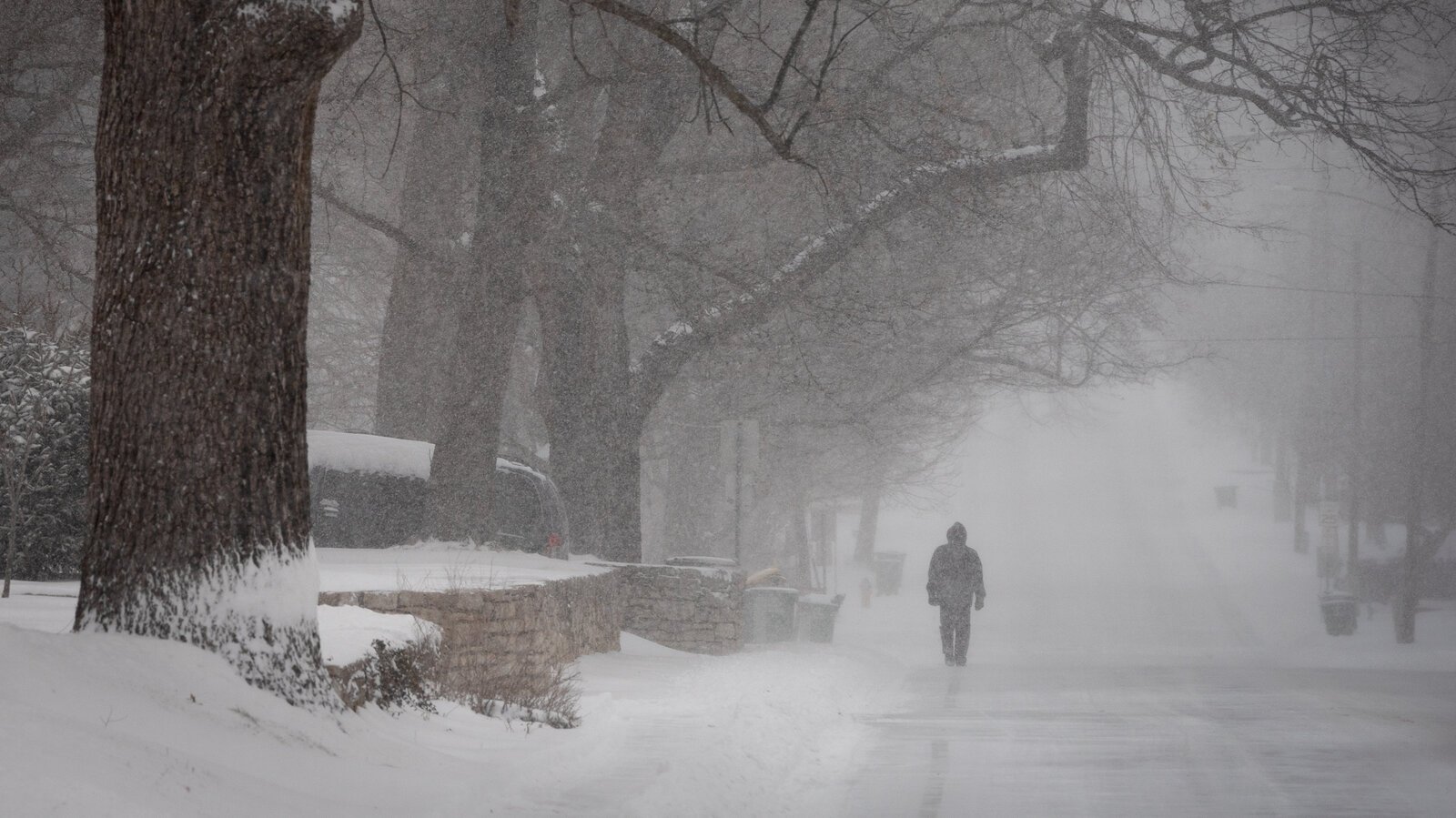In the wake of recent climatic shifts, scientists have been closely monitoring the effects of global warming on weather patterns, particularly focusing on the future of blizzards in the United States. The increasing frequency and intensity of these extreme weather events have raised concerns about their impact on infrastructure, agriculture, and the overall well-being of communities across the nation.
Key Highlights:
- Proven and available adaptation solutions can build resilience to climate risks.
- Some climate impacts are now beyond the capability of current adaptation strategies.
- Global greenhouse gas emissions need to peak before 2025 to avoid severe climate impacts.
- The United States faces significant changes due to rising temperatures, including increased frequency and intensity of extreme weather events.

Adaptation and resilience to climate risks are critical, with ecosystem-based adaptation offering low-cost solutions for communities already facing the devastating impacts of climate change. These strategies, including the restoration and sustainable management of ecosystems, not only help adapt to climate impacts but also offer broader sustainable development benefits.
However, certain climate impacts have reached a point where adaptation is no longer feasible, highlighting the urgent need for global action to mitigate these effects. The establishment of funding arrangements for loss and damage at COP27 marked a significant step forward, but the details of these arrangements will be crucial in providing adequate support to those affected.
The IPCC’s latest findings indicate a more than 50% chance of global temperature rise reaching or surpassing 1.5 degrees C between 2021 and 2040, emphasizing the need for immediate and significant reductions in greenhouse gas emissions to limit global warming and its associated impacts.
In the United States, climate change is expected to exacerbate the frequency and severity of extreme weather events, including blizzards. Advances in climate science now allow for more accurate predictions of these events, linking them to human-induced global warming. The latest reports project major trends in climate change through the end of the century, with significant implications for the intensity and frequency of extreme weather events in the U.S..
Global sea level rise, increased temperatures, and changing precipitation patterns are among the notable impacts of climate change that will affect the United States. These changes are expected to result in more severe blizzards, coastal flooding, and other extreme weather events, posing significant challenges to preparedness and response efforts.
Summary:
The future of blizzards in the United States, under the influence of climate change, points to a scenario of increased frequency and intensity. While adaptation strategies offer a pathway to resilience, the limits of these strategies are becoming increasingly apparent, underscoring the necessity for urgent action to mitigate climate change. The emphasis on reducing greenhouse gas emissions and implementing effective adaptation measures is critical in managing the risks associated with severe weather events, including blizzards. The global community’s response to climate change in the coming years will play a pivotal role in shaping the future of extreme weather events across the United States.


















